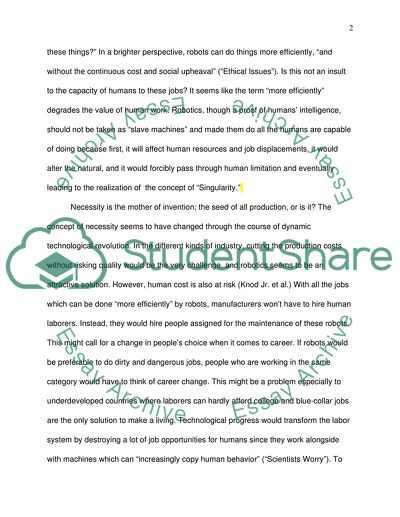Cite this document
(Risks of Intelligence: Superhuman Machines Assignment, n.d.)
Risks of Intelligence: Superhuman Machines Assignment. Retrieved from https://studentshare.org/sociology/1572505-science-and-technology
Risks of Intelligence: Superhuman Machines Assignment. Retrieved from https://studentshare.org/sociology/1572505-science-and-technology
(Risks of Intelligence: Superhuman Machines Assignment)
Risks of Intelligence: Superhuman Machines Assignment. https://studentshare.org/sociology/1572505-science-and-technology.
Risks of Intelligence: Superhuman Machines Assignment. https://studentshare.org/sociology/1572505-science-and-technology.
“Risks of Intelligence: Superhuman Machines Assignment”, n.d. https://studentshare.org/sociology/1572505-science-and-technology.


